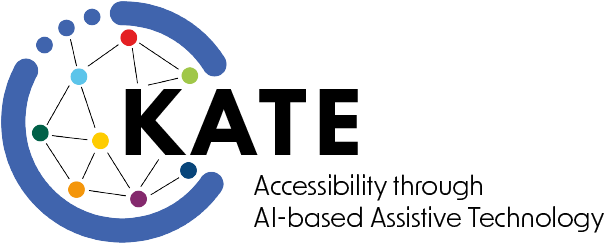Recognition of Human Motion Intention for Lower Limb Exoskeletons
Supervisors: Tamim Asfour (KIT)
Faculty: Informatics
Exoskeletons are considered to be a promising technology for assisting and augmenting human performance of healthy or disabled people. Apart from their mechatronics design, the design of appropriate interface to the human body and control strategies are the key for intuitive and effortless operation by the user. Such operation requires an online recognition of humans current motion and the prediction of human motion intention based on multimodal sensory data provided to the exoskeleton. In this project, we will develop an online motion classification and predication framework that makes use of user and exoskeleton state as well as context information about the environment and the task. At KIT, we have been working on the design and control lower limb exoskeletons for human augmentation. Several prototypes have been developed and evaluated in lab experiments.
In this PhD project, the research fields include:
-
The development of online motion classification and prediction methods that are resource-aware and scalable.
-
The development of high-level decision-making framework for switching between different control modes of the exoskeleton based on current motion intended motion.
-
The integration of the developed methods into the control architecture of the KIT lower limb exoskeleton and their experimental evaluation
Desired qualifications of the PhD student:
-
University degree (M.Sc.) with excellent grades in Computer Science, Robotics or related fields
-
Strong skills in machine learning methods and their applications in robotics
-
Strong programming skills in at least one programming language (preferably C++, C and Python)
-
Strong skills in hardware development and embedded programming.
-
Good English language skills (your responsibilities include writing publications and giving international presentations)

